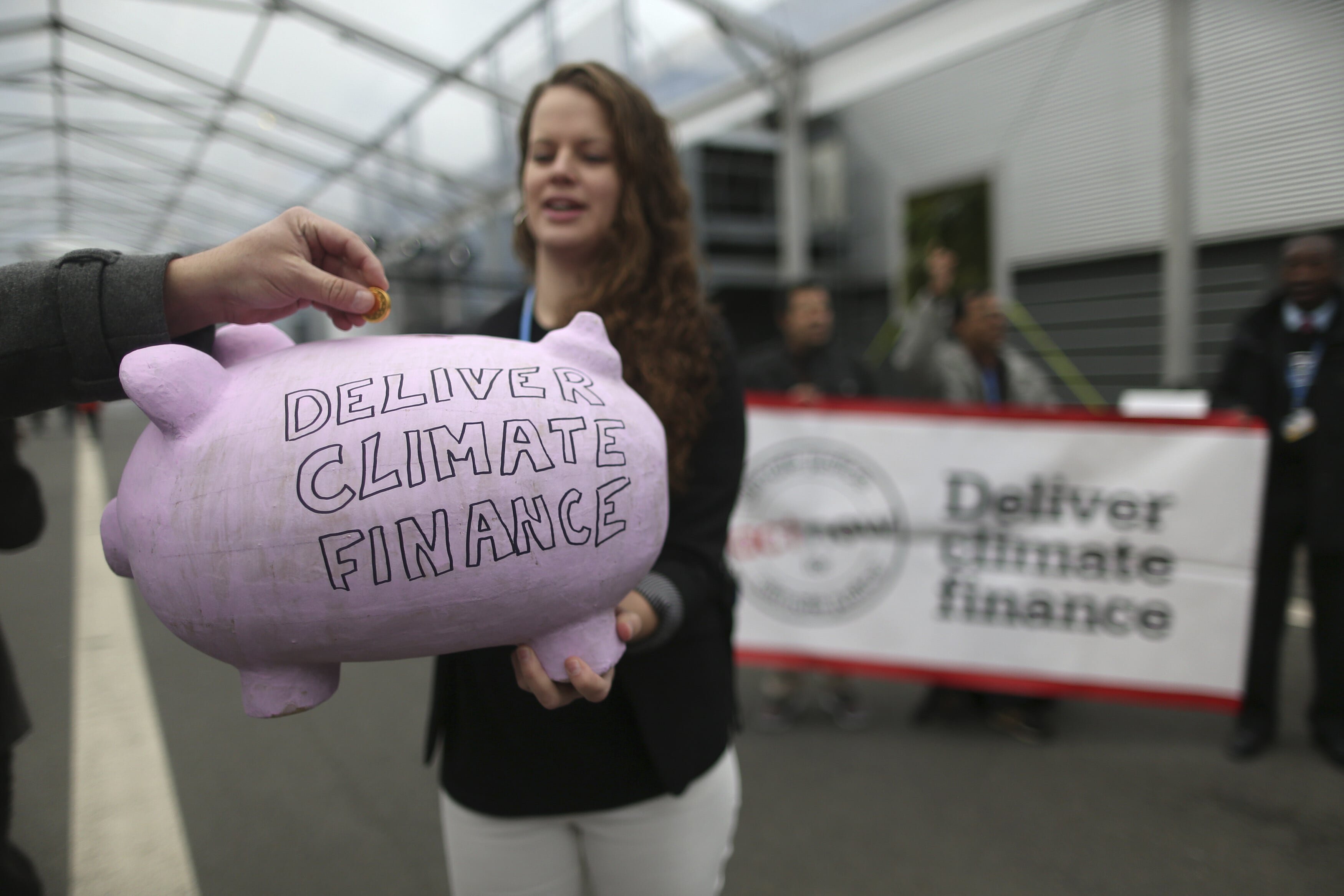How free trade and tech will transform ASEAN

Stay up to date:
Innovation
Different languages, religions, histories and geographies have long divided countries in the Association of Southeast Asian Nations (ASEAN). But change is afoot. The free-trade zone and the ASEAN Economic Community planned for 2015 will create unprecedented regional integration that benefits millions of businesses and people.
As one of world’s fastest growing regions, ASEAN is seeing tremendous opportunities from increasing regional integration, the rise of new technologies and the march of the Millennial generation, which by 2020 will account for 65% of the global workforce, and 60% of them will live in Asia.
Growing up with smart phones, laptops and social media, Millennials are the most connected generation. At the same time, thanks to physical infrastructure improvement and rapid growth in the use of new technologies, countries in ASEAN have become more connected than ever before. Bangkok today is the fifth largest Facebook city in the world with 7.4 million users; the market share of smartphones in the Philippines jumped from 9% to 24% in 2012, and 2.4% of the entire world’s Twitter posts come from a single city – Jakarta, Indonesia.
This rise of social and mobile isn’t just making life easier for many of the 600 million people in ASEAN, it is also reshaping the business world. As employees, customers, partners or consumers, young people continue to demand real-time access to information and transaction. More importantly, these new technologies are helping create a virtual middle class, especially in the developing countries, where lower income residents now have access to information previously only reachable by the middle class.
The free movement of resources is fundamental to economic integration, and here IT plays an important role. Take, for example, the airlines. Advanced analytics optimizes crew and aircraft scheduling, provides passengers with flight notifications, and allows the airlines to monitor daily operations. Simplified, intelligent, real-time systems help carriers increase efficiency, lower cost, and move people and goods without disruption.
One beneficiary of this trend has been Pajak, a small village in the Philippines famous for its fine, hand-made guitars. Thanks to the budget flights and the country’s infrastructure development, tourists and connoisseurs are able to visit Pajak to purchase the instruments. The buyers come away happy and the guitar makers are better off. In the near future, an online market and an industry can be formed to connect the local self-employed craftsmen with hundreds of buyers in the region. Pajak is a typical example of the potential for a common market in South-East Asia – and how technology can help.
Similarly, the planned railway network on the Indochinese peninsula will not only facilitate trade within ASEAN, but also provide an easy way for products made locally to reach Europe, the Middle East and Africa. Enterprise resource planning (ERP) applications can help better manage various needs in this vast regional project, and the software and sensors of the “Internet of Things” will provide intelligent support to aid in monitoring and coordinating the train fleet in future.
We anticipate more and more local companies will move to integrate even faster. Technology can help them flourish. In the retail industry, for instance, predictive analytics enable stores to accurately predict demand and manage their supply chain, taking into account a long holiday weekend in Vietnam or a slow economic quarter in Singapore. In the future, these systems will become even more intelligent, as data from more channels becomes available.
Mobile and social media has equipped small and mid-sized enterprises (SMEs) to compete on a regional level. In face of increased competition across the region, SMEs have had to figure out how to provide products and services through multiple channels. Many of them have embraced social media as an economical and effective way to both deliver real-time marketing and gather insight into customers’ needs.
More SMEs will move to the cloud, where they can share their data centrally and flexibly with lower IT costs because of the pay-per-use pricing model. Employees can also benefit from the flexibility of working from multiple locations while cooperating seamlessly with teams. The benefits are already being seen. A medical equipment supplier based in Malaysia recently made its real-time customer database available to employees through the cloud. Consequently, its revenues increased by 30%, and productivity and morale also improved.
As ASEAN continues the process of integration, some organizations will wither and some will expand and prosper. The future of the region’s IT is consolidation. While technologies like mobile, analytics and the cloud provide immensely powerful tools in their own right, their true capacity can only be realized in organizations which deploy integrated platforms to support all of these applications.
A common market of ASEAN would create the most populous free-trade market in the world. The region’s positive economic outlook will undoubtedly drive this initiative forward. By seizing the opportunities provided by new technology, we will all gain.
Author: Adaire Fox-Martin is the President of SAP Asia Pacific Japan.
Image: A woman use her mobile phone next to an advertisement for an iPhone 3GS in Bangkok. REUTERS/Chaiwat Subprasom
Don't miss any update on this topic
Create a free account and access your personalized content collection with our latest publications and analyses.
License and Republishing
World Economic Forum articles may be republished in accordance with the Creative Commons Attribution-NonCommercial-NoDerivatives 4.0 International Public License, and in accordance with our Terms of Use.
The views expressed in this article are those of the author alone and not the World Economic Forum.
Related topics:
Forum Stories newsletter
Bringing you weekly curated insights and analysis on the global issues that matter.
More on Financial and Monetary SystemsSee all
Sandra Waliczek and Harry Yeung
July 29, 2025
Pranidhi Sawhney and Adam Skali
July 29, 2025
David Carlin and Sourajit Aiyer
July 28, 2025
Veronica Frisancho
July 22, 2025
Jesus Serrano
July 14, 2025





